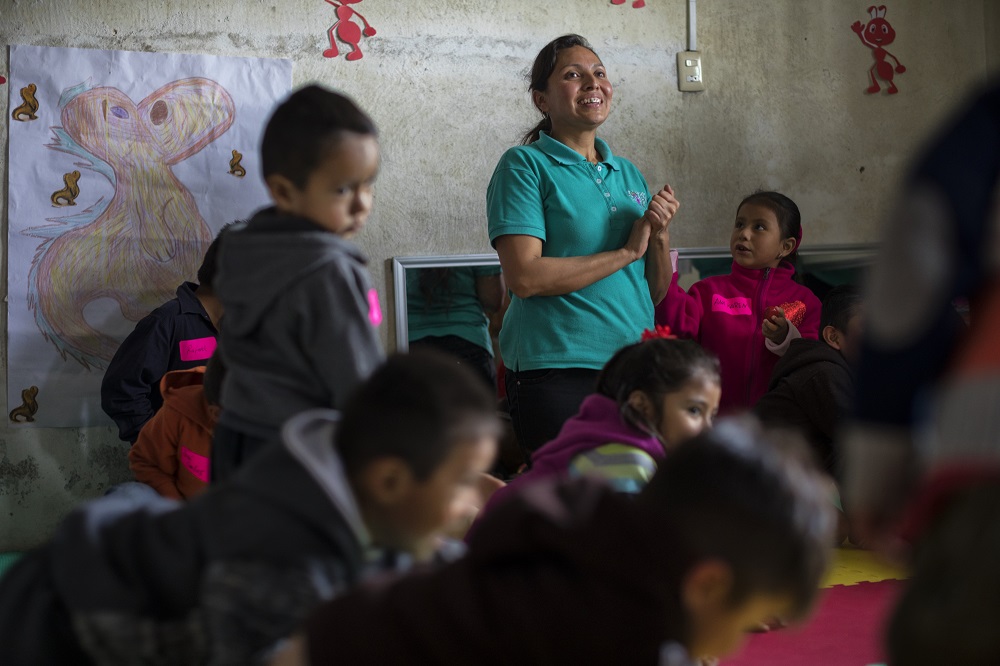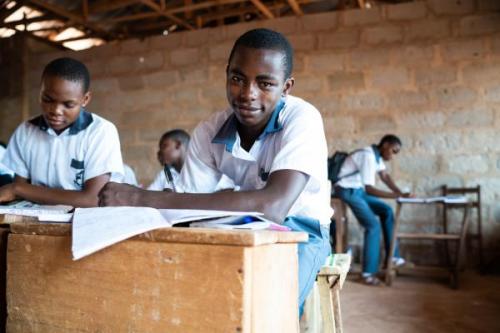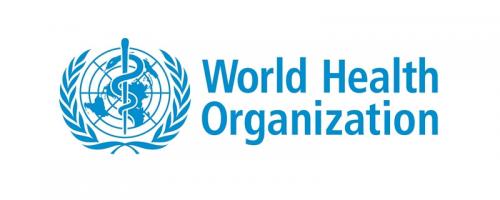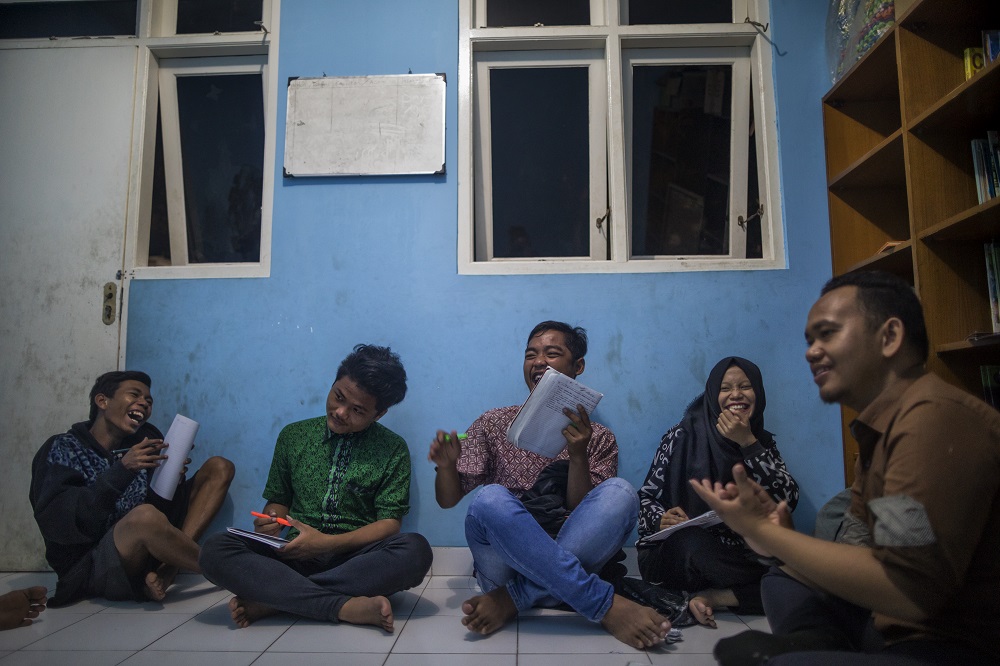
As part of the Safe to Learn initiative – a five-year campaign dedicated to ending violence in and through schools – last month, End Violence, UNICEF, UNESCO, and the World Health Organisation organised a webinar discuss violence in schools and present solutions to the challenges children face in the classroom. This webinar was an example of how partners can come together to mobilise efforts, knowledge and resources to end violence in schools, engaging a multitude of other organisations in the process.
School-based violence prevention: a practical handbook by the World Health Organisation
In the webinar, which is available for reviewing below, the World Health Organisation’s Berit Kieselbach explained the acute and lifelong health consequences of violence against children. Kieselbach highlighted the role of the education sector in preventing violence, and how children, teachers, families and whole communities play a vital role in protecting children. Kieselbach also presented the handbook – which is aligned with the INSPIRE strategies – and provides practical information on implementing a systemic, comprehensive approach to violence prevention in schools. To do so, the handbook identifies relevant stakeholders, their roles and their policies, along with the systems and cultures needed to address violence holistically. Read the handbook in full here.
UNESCO’s framework for an effective national response to violence in schools
Next, UNESCO’s Christophe Cornu and Sally Beadle presented alarming data and consequences of violence in schools. Christophe presented a conceptual framework for an effective national response to school violence and bullying, which is complementary to the handbook mentioned above. This framework lays out six critical components that need to be in place for a broader systems-wide approach to ending violence in schools. Beadle furthered the conversation by honing in on gender-based violence in schools. She also presented an additional resource, the UNESCO and UN-WOMEN global guidance on school-related gender-based violence.
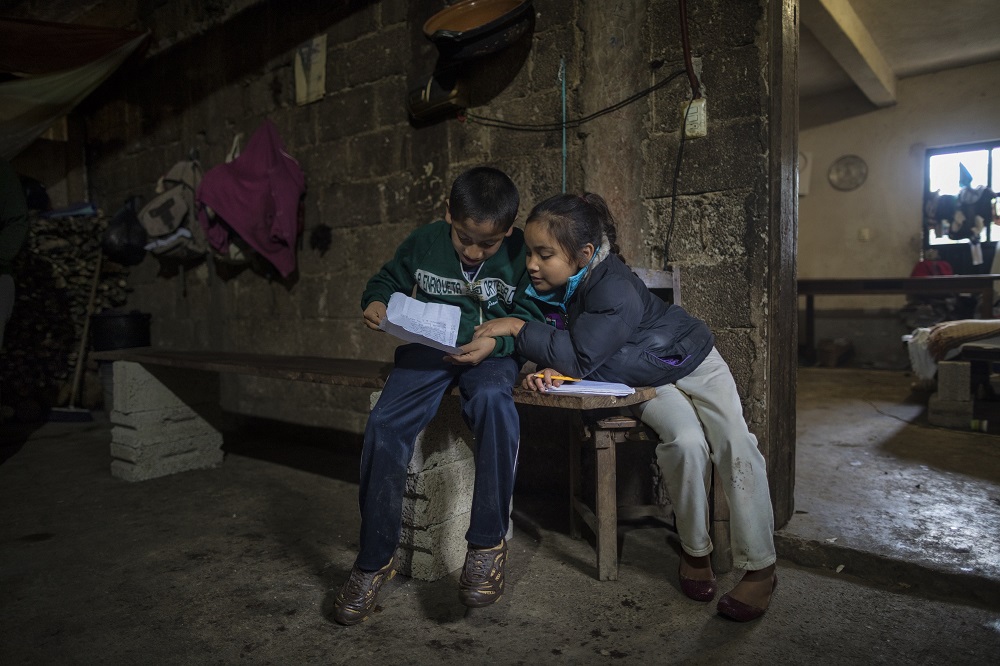
Safe to Learn: a five-year campaign to end all violence in schools by 2030
Emma Green from End Violence spoke about the Safe to Learn initiative, which works with partners including governments, teachers, families, communities, civil society organisations, United Nations agencies and children themselves. Initially conceived by DFID, UNICEF, UNESCO, UNGEI and End Violence, the campaign is now supported by additional partners to achieve its ambitious goal: ending all forms of violence in schools by 2030. These partners include 11 endorser countries who have signed up to the Safe to Learn Call to Action.
As one of its contributions to Safe to Learn, End Violence will be opening a new window of its fund focused on ending violence in schools. The UK government has stepped up its commitment and donated $5 million USD for this window. Details on how and where the funds will be utilized to support efforts on the country level will be available soon. Learn more about Safe to Learn here.
UNICEF programmes to prevent and end violence in schools
UNICEF works to address violence in schools in more than 70 countries. In the webinar, UNICEF’s Sujata Bordoloi presented examples from a select few. Nepal, for example, has taken a sector-wide approach and included violence prevention and response into their School Sector Development Plan with costed strategies on corporal punishment, bullying and sexual violence. Similarly, Senegal has invested in policy, ensuring the safeguarding of children through codes of conduct and incident reporting in schools, among others. Colombia has focused on social and emotional learning, and like other countries in the Latin American region, has promoted programmes promoting peaceful coexistence. Both Cambodia and Egypt have focused on shifting norms and behaviour - the former by working with teachers on positive discipline and the latter by addressing bullying though communication initiatives. Indonesia has also been addressing bullying through using the dynamics of peer group also known as the bystander approach.
Key information from the Q&A session
The school-based violence prevention handbook will soon be available in Spanish and French.
The school-based violence prevention handbook mentions approach(es) to include children with disabilities in almost every chapter and as relevant.
Countries can join the Safe to Learn Call to Action by sending a letter of support from the Education Minister. More information can be found here.
Safe to Learn is working with and through its partners to address different forms of violence, including those facing children with disabilities, to ensure evidence-based data is generated and comprehensive, inclusive approaches are adopted.
The World Health Organisation is looking into interventions that work to prevent all types of violence including online, offline and the overlaps.
On the question of integrating violence against children with UNICEF Communication for Development (C4D), please see the resources here:
- C4D Approaches to Address Violence Against Children: A Systematic Review provides evidence-based recommendations for quality C4D research and practice.
- Technical Guidance for C4D Programmes Addressing Violence Against Children provides support for every step of C4D planning, implementation, and monitoring and evaluation, and offers practical tools such as a roadmap for country offices to develop effective C4D strategies that prevent or respond to VAC.
End Violence is currently working with 26 pathfinding countries who have demonstrated the political will to end all forms of violence against children and are backing it with effective action. End Violence works with and through its partners on the ground and effectively uses data, resources, solutions from all its partners that were discussed today and beyond making sure efforts are aligned and building on each other. All photos were taken by Barbara Davidson for End Violence.
